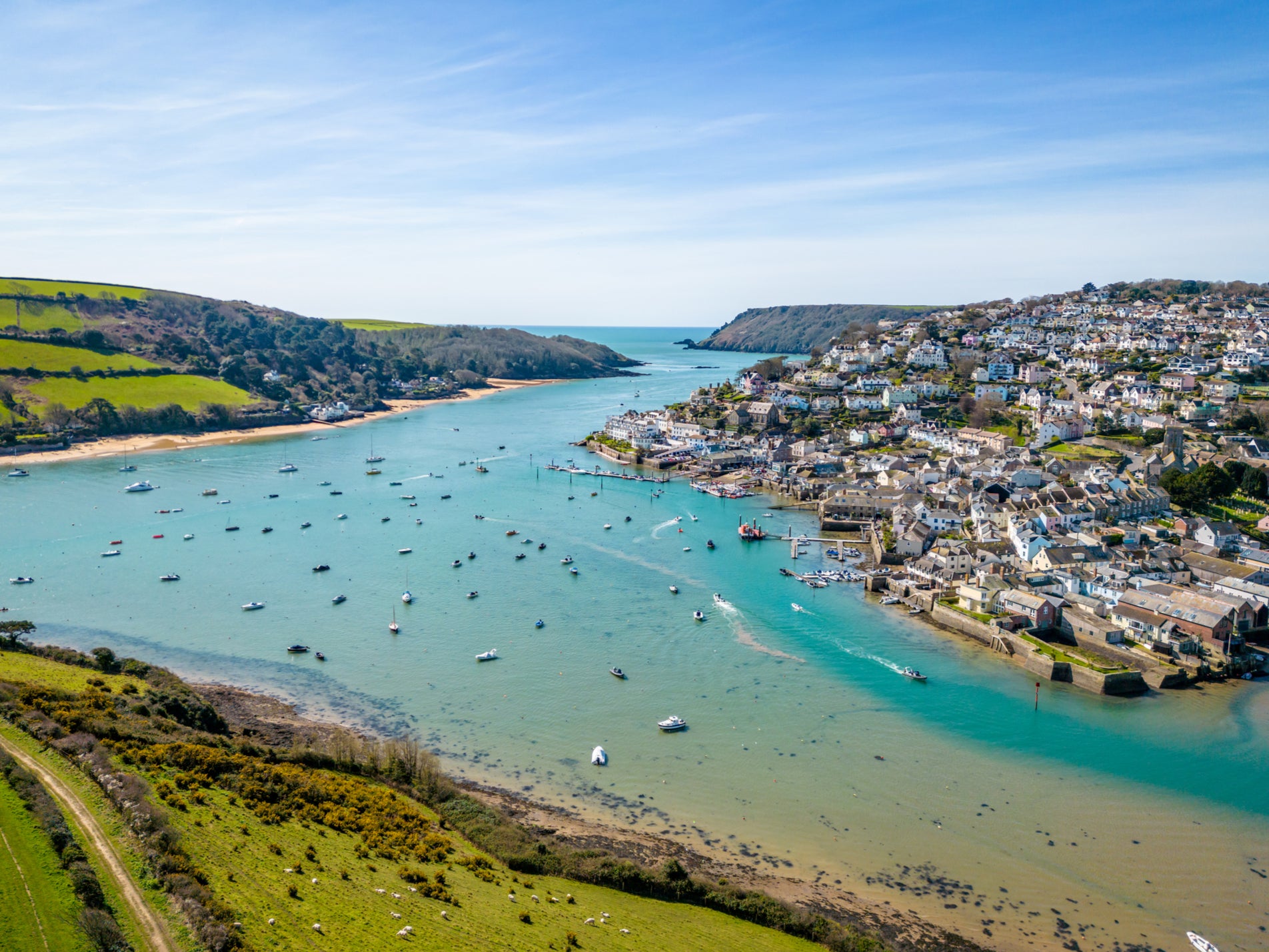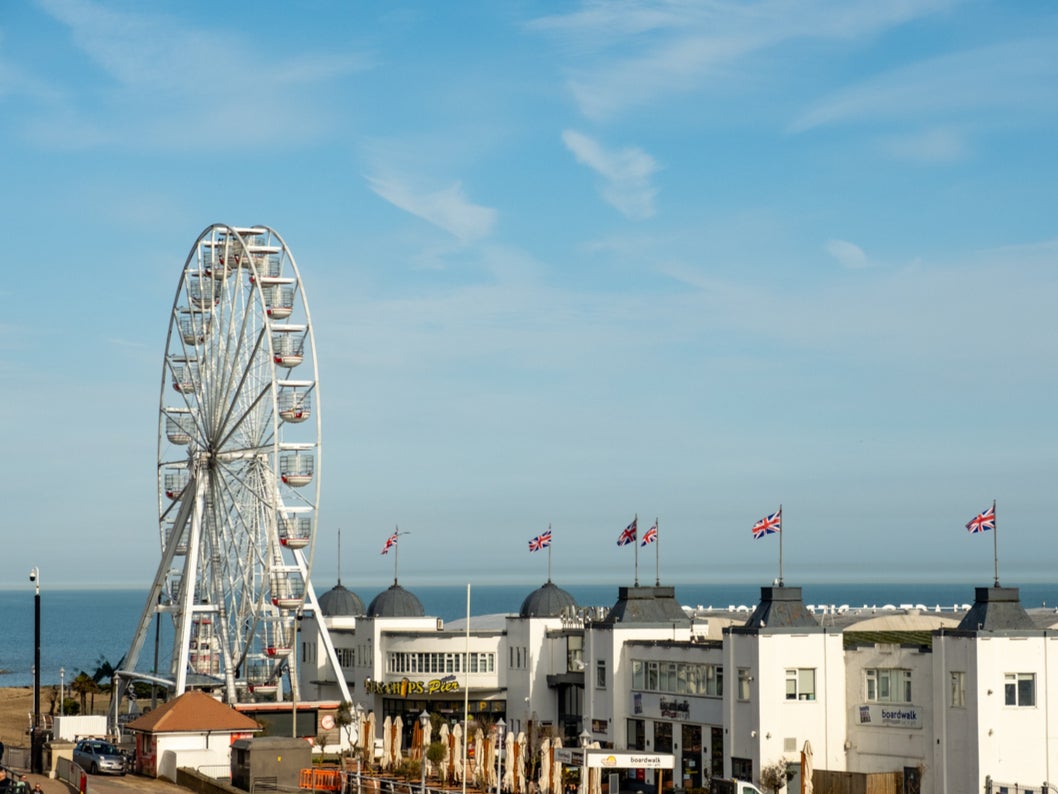This website uses cookies so that we can provide you with the best user experience possible. Cookie information is stored in your browser and performs functions such as recognising you when you return to our website and helping our team to understand which sections of the website you find most interesting and useful.
Support truly
independent journalism
Our mission is to deliver unbiased, fact-based reporting that holds power to account and exposes the truth.
Whether $5 or $50, every contribution counts.
Support us to deliver journalism without an agenda.

Louise Thomas
Editor
Unlike reliable sunshine, news articles about our seaside towns come around every summer. It’s not only because editors like routines. They also know many of us love our resorts, secretly or otherwise. Nostalgia plays a part; we inherit our family memories along with our own. Your great or grand forebears will probably have enjoyed Wakes Weeks, beauty pageants and charter trains. Perhaps a memorable school trip was to Bridlington or a first snog nudged up your temperature under Southport pier.
What’s more, the seaside is the magical margin between land and ocean; big skies, far horizons and rolling waves have a compelling, enduring power that’s even more affecting than a sense of place.
What is it, though, we really want from a beach break? The “what’s hot, what’s not” line – used to sell posher places like Salcombe in Devon and Padstow in Cornwall, as well as ‘London-by-the-sea’ types like Margate – is mainly about food, drink, ‘shabby chic’ and fashionableness. But this type of tourism promotion can become self-sabotage. Factual and fictional television shows, Rick Stein, moneyed SUV drivers and second home-owners have damaged the South West – especially for local residents. Margate, where the Turner-themed gallery has been a coup for speculators, has already dwindled into a real-estate story.
I say “story”, because that’s what our seaside can provide – and the best ones have nothing to do with trends and fads.

Read more on UK travel:
Seaside towns along the Essex coast are usually in the news because of either deprivation statistics or populist politicians seeking to make use of these to fulfil personal ambitions. But Clacton dazzles for its pier, opened in 1871 and embellished by a vintage helter-skelter. It’s still used as a docking stage by the world’s last seagoing passenger carrying paddle steamer, and its Martello Towers, built at the time of the Napoleonic Wars, are strange presences amid the fun and frolics. The tower at Jaywick, perhaps the most maligned seaside resort in the country, is a thriving arts and community space. Jaywick’s unique architecture and particular history, as a temporary “Plotlands” community that evolved into a permanent settlement, is simply fascinating.
On a recent trip to Cornwall, I avoided the honeypots and chose instead to stay in Redruth. Not exactly a seaside resort, but only a short bus-ride from Portreath’s sandy strand and the South West Coast Path. There I deepened my hitherto shallow understanding of tin mining – Poldark was great television, but hardly Open University level history – and combined inland hikes with coast walks. A rainy day in many resort towns means arcades followed by soggy fish and chips. Redruth’s Kresen Kernow – the county archives, housed in a historic brewery – contains an impressive reference library of all things Cornish. The King Edward Mine Museum is a superb splicing of narrative and reconstructions of old machinery. You actually hear Cornish accents in Redruth and Camborne, while the expensive hotels in the trendy “former fishing villages” resound with colourless RP and variations on estuary, Guildford and Richmond-upon-Thames.

A truly underrated ‘proper’ seaside spot is New Brighton. It was once Liverpudlians’ favourite beach town. The UK’s tallest tower was erected there at the very end of the 19th century; it fell into disrepair during the First World War and was demolished in 1919. New Brighton sits at the northern edge of built-up Birkenhead and Wallasey, and the great sweep of its beach and views out to the Irish Sea and over to Liverpool’s docks – ancient and modern – come as a wondrous surprise. There are some of the usual seaside amenities and amusements, but they’re low-key and unobtrusive. There’s a great little village showing off the positives of localism. The eastern seaboard of the Wirral is fascinating for a long coast walk in the wake of Malcolm Lowry, its most celebrated former resident. Few locations are so packed with maritime and naval history. With Old Liverpool just 15 minutes away by train, a city-beach combo-break is a breeze.
Blackpool’s story is perhaps the multi-layered of all and it’s a resort town purpose-built to handle lots of people. Pop into the new museum, Showtown, and you realise the central role it has played in the UK’s dance and comedy cultures. Go back a little further, and the South Shore was an entertainment and leisure space created and curated by the Romani; it would be good if the town made more of this extraordinary heritage.
Blackpool is always reinventing. The success of the Rebellion punk music festival at the Winter Gardens (1–4 August this year), established in 1996, is typical of its openness to different kinds of visitor.
“Rebellion is the highlight of my year for almost everyone I know,” says Charlie Harper, lead vocalist of the band UK Subs. “It’s a gathering of the global punk rock community. No one’s saying ‘punk’s dead’ now’.”

Rebellion attracts around 10,000 punters, bandmembers and crew, and boosts the local economy by £5 million, according to the local council. But punk is more than a money-spinner. It has become, after almost 50 years, a part of British cultural heritage. “England’s dreaming”, as the Sex Pistols put it, continues quite naturally its most eclectic and unjudgmental seaside town.
The railways opened up the coast for workers inland. Morecambe became Bradford by the Sea thanks to the long looping ‘direct’ line around the northern edge of the Forest of Bowland. The Midland railway, competing with others for control of the lucrative northern routes, built the magnificent art deco hotel that still bears its name and stands proudly at the junction of Morecambe’s two beaches.
Whenever I see headlines about declining seaside towns – recycled with far greater frequency than our seasonal homages – I think back to the age when the resorts were the Canaries, Corfus and Floridas for ordinary people. Lost lidos, litter-strewn pleasure gardens, tacky-looking guesthouses and seamy (or just shoddy) back streets aren’t that much of a surprise. The fall from popular glory was precipitous. But for every struggling town, another is renascent. Some seaside towns have thrived by not changing much at all – like Llandudno, Port Stewart and Portobello. Natural assets and well-managed traditionalism often matter more than rebranding and regeneration.
Morecambe is getting an Eden Project, but perhaps our seaside towns deserve a museum of social history. The rise and fall, and enduring survival, of the British seaside experience, is a rich yarn indeed; the supposed attractions of what pass for “hip” destinations barely merit a postcard.
Read more: UK beaches that look like they’re abroad



 Africana55 Radio
Africana55 Radio 
